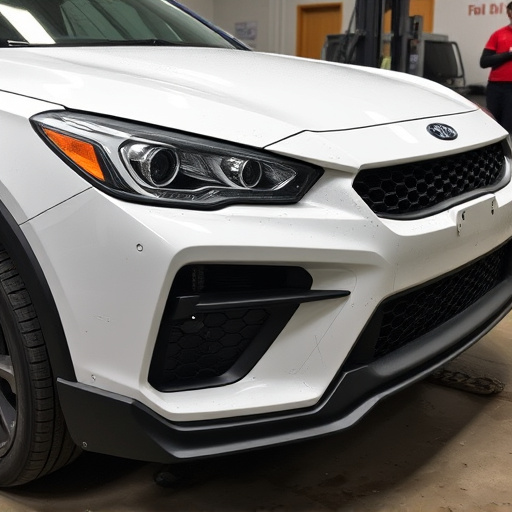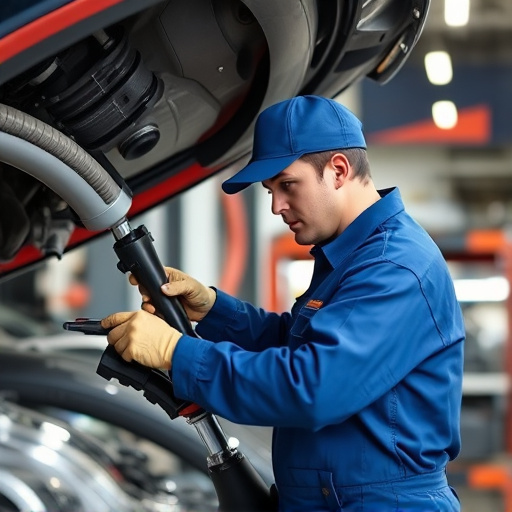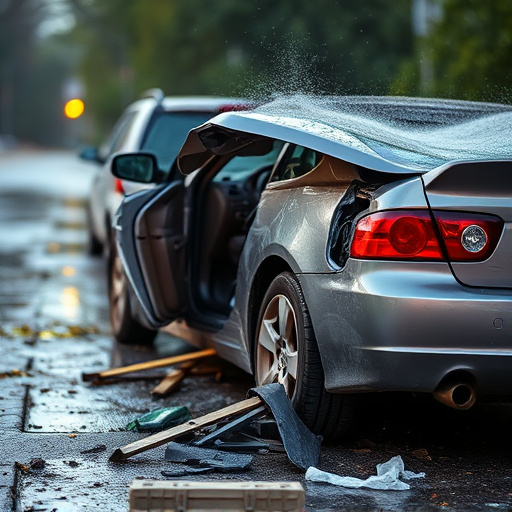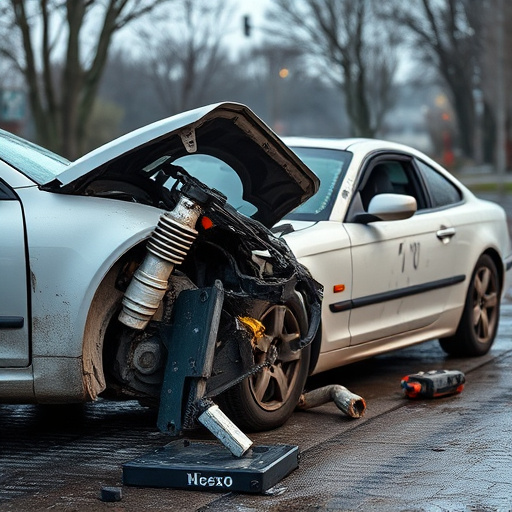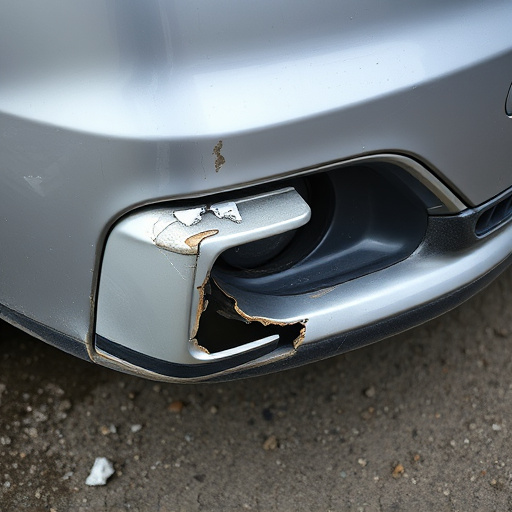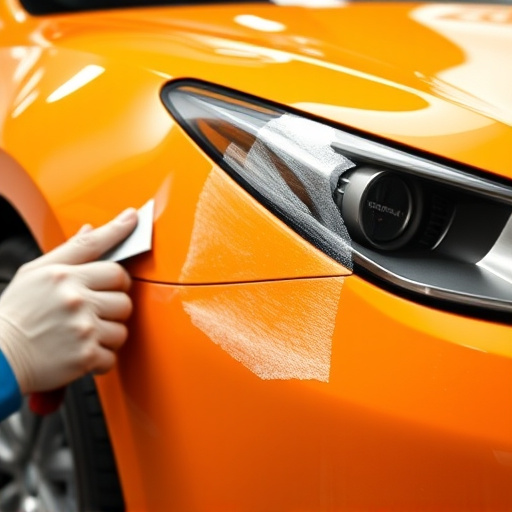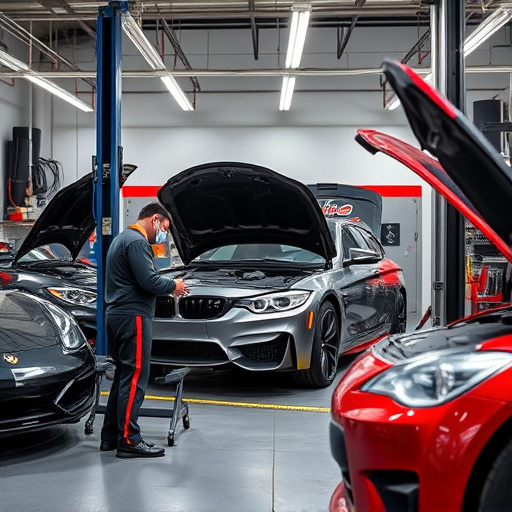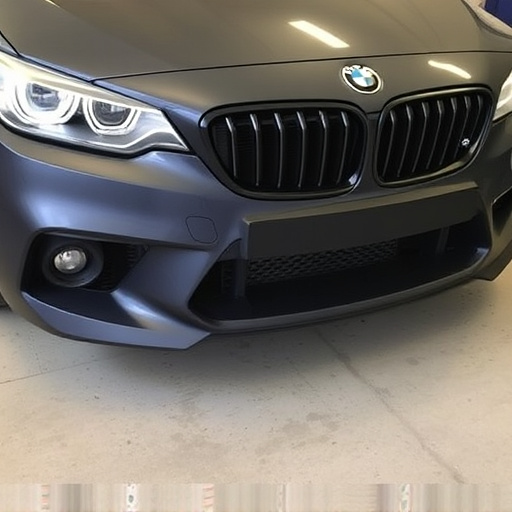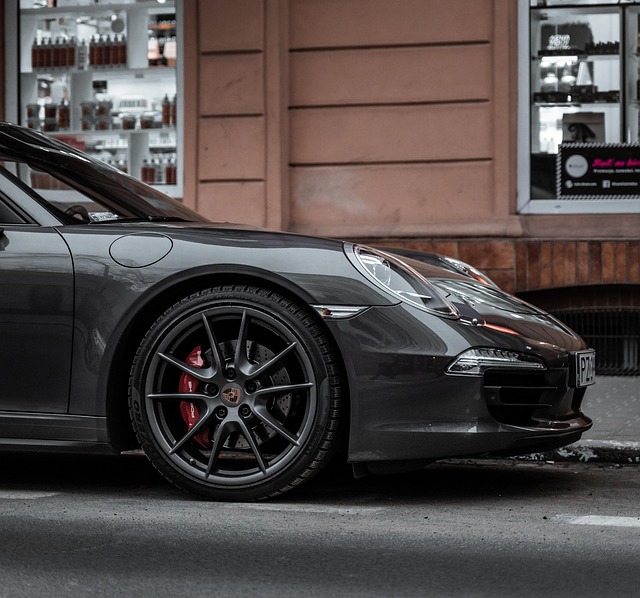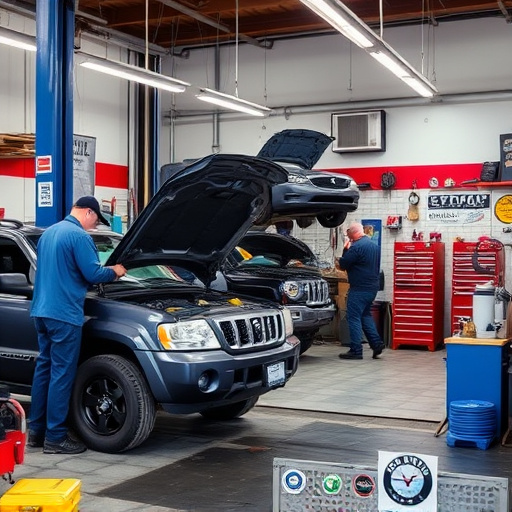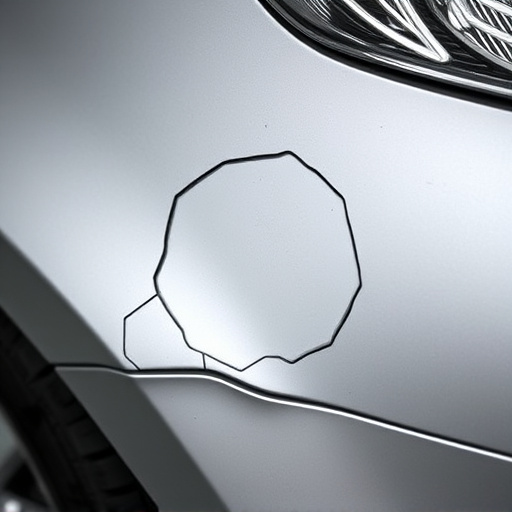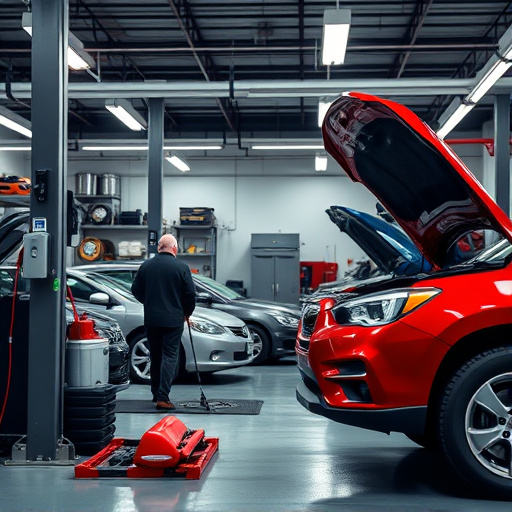An OEM bumper replacement is crucial for both your vehicle's appearance and structural integrity, providing enhanced safety and preserving its value. Choosing OEM bumpers guarantees a perfect fit, seamless design integration, and retained durability & safety standards due to rigorous testing and secure installation by certified technicians. The process involves removing the old bumper, assessing and straightening the frame, cleaning and sanding the area, installing the new OEM bumper, and matching paint repair for a professional-grade restoration that maintains the vehicle's aesthetic or keeps it looking like new, avoiding costly repairs common with non-OEM alternatives.
“Maintain your vehicle’s sleek profile and ensure structural integrity with OEM bumper replacement. This comprehensive guide explores why original equipment manufacturer (OEM) parts are essential for your car’s aesthetic appeal and safety. From understanding the benefits of genuine parts to a detailed step-by-step installation process, we’ll navigate you through the art of restoring your bumper’s appearance and strength. Discover how an OEM bumper replacement can enhance your vehicle’s value and driving confidence.”
- Understanding OEM Bumper Replacement: The Importance of Appearance and Structural Integrity
- Benefits of Using Original Equipment Manufacturer (OEM) Parts for Your Bumper
- The Process of OEM Bumper Replacement: Step-by-Step Guide and Tips for Ensuring Quality
Understanding OEM Bumper Replacement: The Importance of Appearance and Structural Integrity
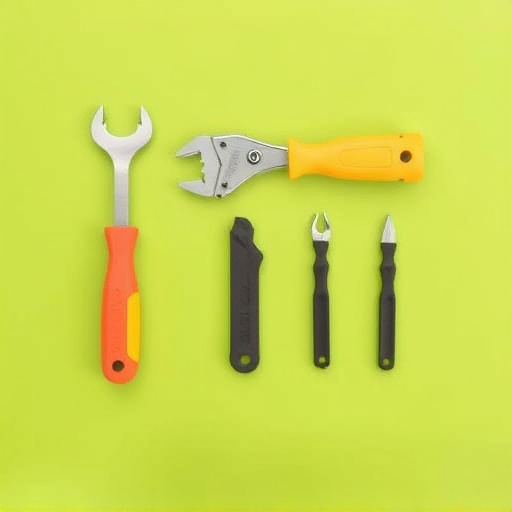
When it comes to maintaining the look and performance of your vehicle, understanding the significance of an OEM bumper replacement is key. OEM (Original Equipment Manufacturer) bumpers are designed to serve a dual purpose: enhancing aesthetic appeal and preserving structural integrity. A car’s exterior is its first line of defense against potential damage, and a well-fitted, genuine bumper acts as a protective barrier, ensuring both safety and style.
The importance of an OEM bumper replacement extends beyond mere aesthetics. It also plays a crucial role in the overall structural stability of your vehicle. In the event of a collision or impact, a properly installed original equipment bumper can minimize damage to other components, preventing more serious auto repair services and costly repairs, such as auto glass repair or bumper repair. This not only preserves the car’s value but also ensures that it remains safe and reliable on the road.
Benefits of Using Original Equipment Manufacturer (OEM) Parts for Your Bumper

When it comes to maintaining your vehicle’s appearance and structural integrity, choosing Original Equipment Manufacturer (OEM) parts for your bumper is a wise decision. OEM bumpers are designed specifically for your car model, ensuring a perfect fit and seamless integration with your vehicle’s overall design. Using OEM parts guarantees that the replacement bumper not only looks identical to the original but also retains the same level of durability and safety standards set by the manufacturer.
One of the significant advantages of selecting OEM bumpers is peace of mind. These parts undergo rigorous testing and quality control measures, ensuring they meet or exceed industry standards. Unlike aftermarket or generic replacements, OEM bumpers are built with your vehicle’s specific requirements in mind, offering superior performance during impact absorption and collision events. Moreover, proper installation by certified technicians guarantees a secure fit, eliminating the risk of future damage from improper repairs, which can be common with non-OEM alternatives, such as car scratch repair or fender repair kits, and even more intensive frame straightening processes.
The Process of OEM Bumper Replacement: Step-by-Step Guide and Tips for Ensuring Quality

The process of OEM bumper replacement involves several precise steps to ensure both aesthetic and structural restoration. It begins with carefully removing the damaged or outdated bumper, often requiring specialized tools and knowledge. Once the old bumper is securely off, assess the underlying frame for any necessary straightening—a crucial step in maintaining vehicle integrity. After frame straightening, if required, prepare the area by cleaning and sanding to create a smooth surface for new paint application.
Next, install the new OEM bumper, ensuring proper alignment with the vehicle’s design lines. This precise fitting is key to preserving the vehicle’s original appearance. Follow up with meticulous vehicle paint repair, matching the color and finish perfectly. Consider the process as an art form, where each step—from frame straightening to final coat—contributes to a seamless, professional-grade OEM bumper replacement that complements your vehicle’s restoration or maintains its new car look.
When it comes to restoring your vehicle’s appearance and structural integrity, an OEM bumper replacement is a smart choice. By utilizing genuine manufacturer parts, you ensure precision fitting, superior durability, and a seamless match with your car’s original design. Following the step-by-step guide provided in this article will help you achieve a professional-quality repair, maintaining both the aesthetic beauty and structural soundness of your vehicle. Invest in an OEM bumper replacement today to keep your car looking its best on the road.


